Flora
5 Uncommon Vegetables To Add To Your Diet
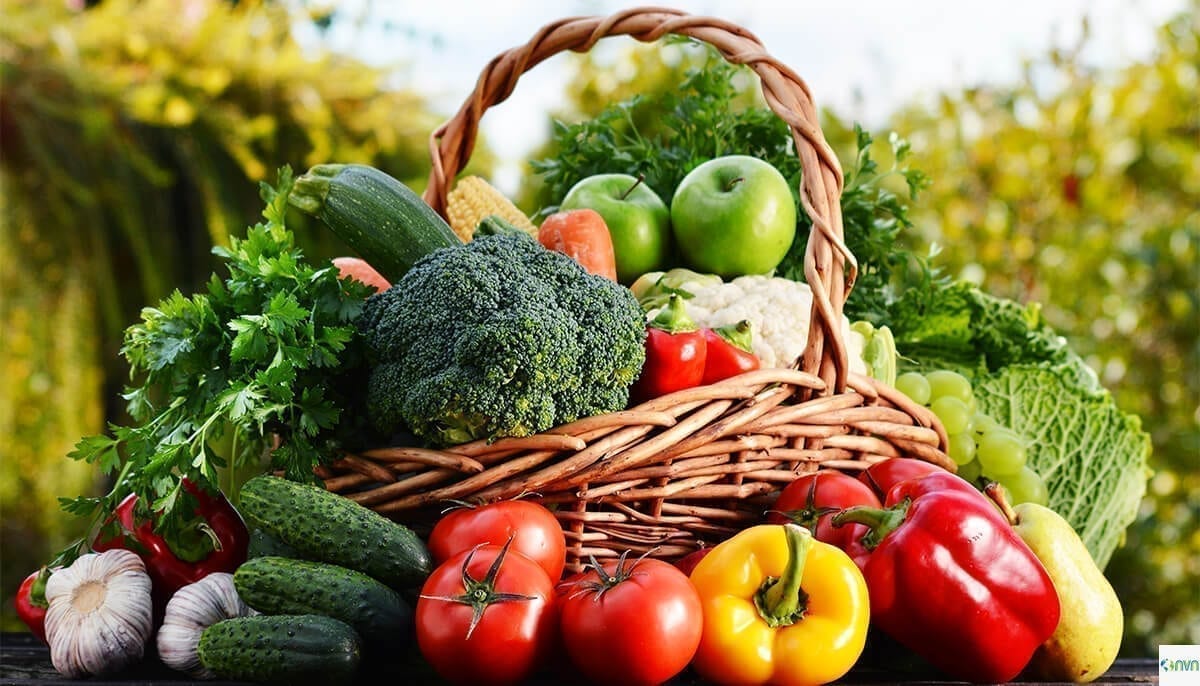
Nature is unpredictable and so is its creation.
From the mountains to the deserts, nature blesses mankind with a plethora of gifts so as to enrich the lives of everyone who depends on her. From insectivorous flowers to odd-shaped vegetables, the bounty of nature is endless.
The cold wind in the winter,
The pleasant summer sun,
The ripe fruits in the garden,
He made them every one.
All things bright and beautiful,
All creatures great and small,
All things wise and wonderful,
The lord god made them all.
~ Cecil Frances Alexander
Eggplant, Potato, Zucchini, and Broccoli, you all must be knowing all these vegetables very well, but have you ever heard about Watermelon Radish or Kumquat?
Guess, not! Amidst the wilderness of nature there lies surprises in every nook and corner, and the below-given list of lesser-known exotic vegetables is just a small compilation of a few of them.
1. Romanesco
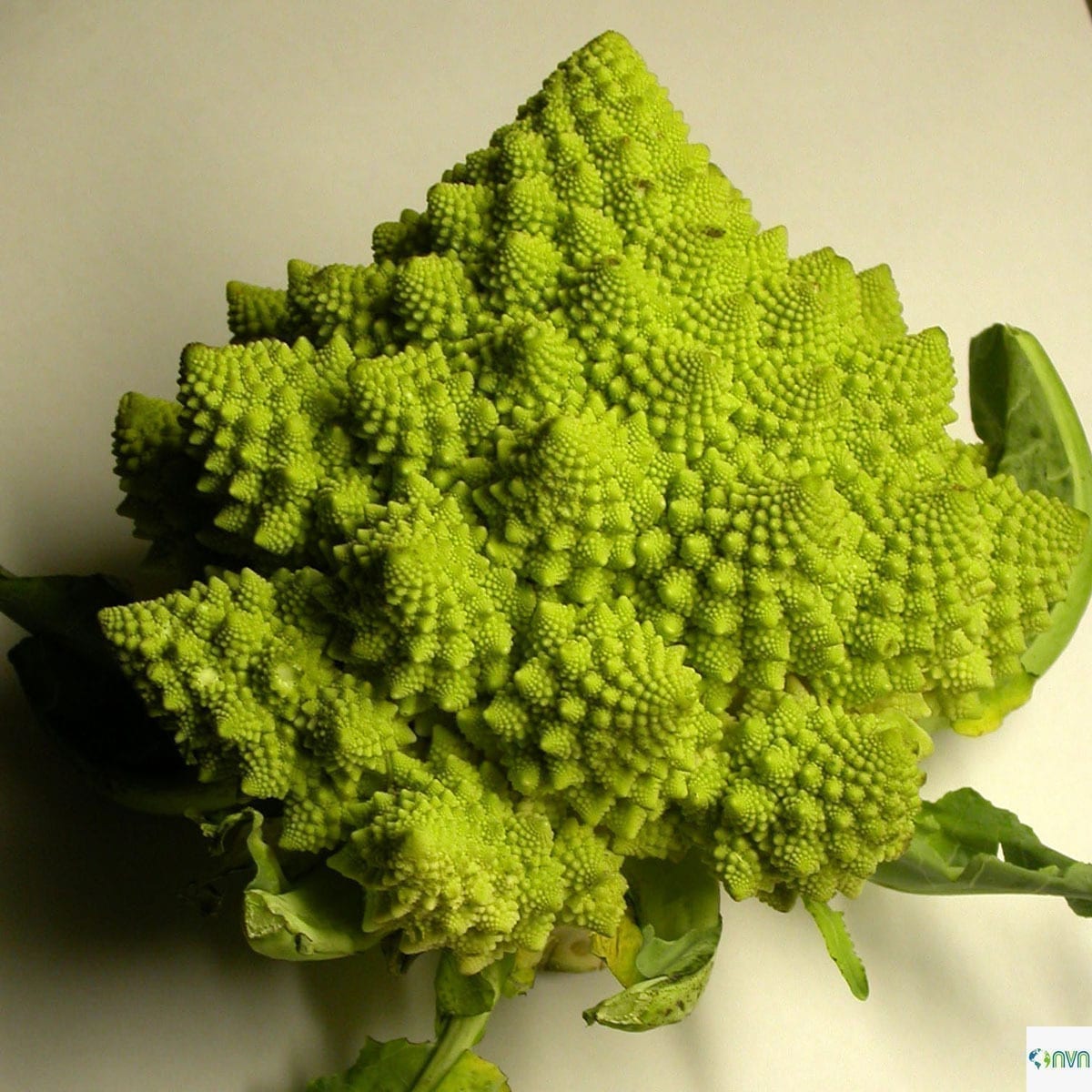
Romanesco
Beauty at its best, this is one of the most interesting looking vegetables. Intricate spiral bud patterns that alternate in size is what makes this vegetable look funky and intriguing. Also known as a broccoflower or a Roman cauliflower, Romanesco belongs to the Brassica family and has its origins in the fields of Italy. Having a more distinct, nutty, earthy, and mildly sweet flavor, it tastes just amazing.
2. Celeriac
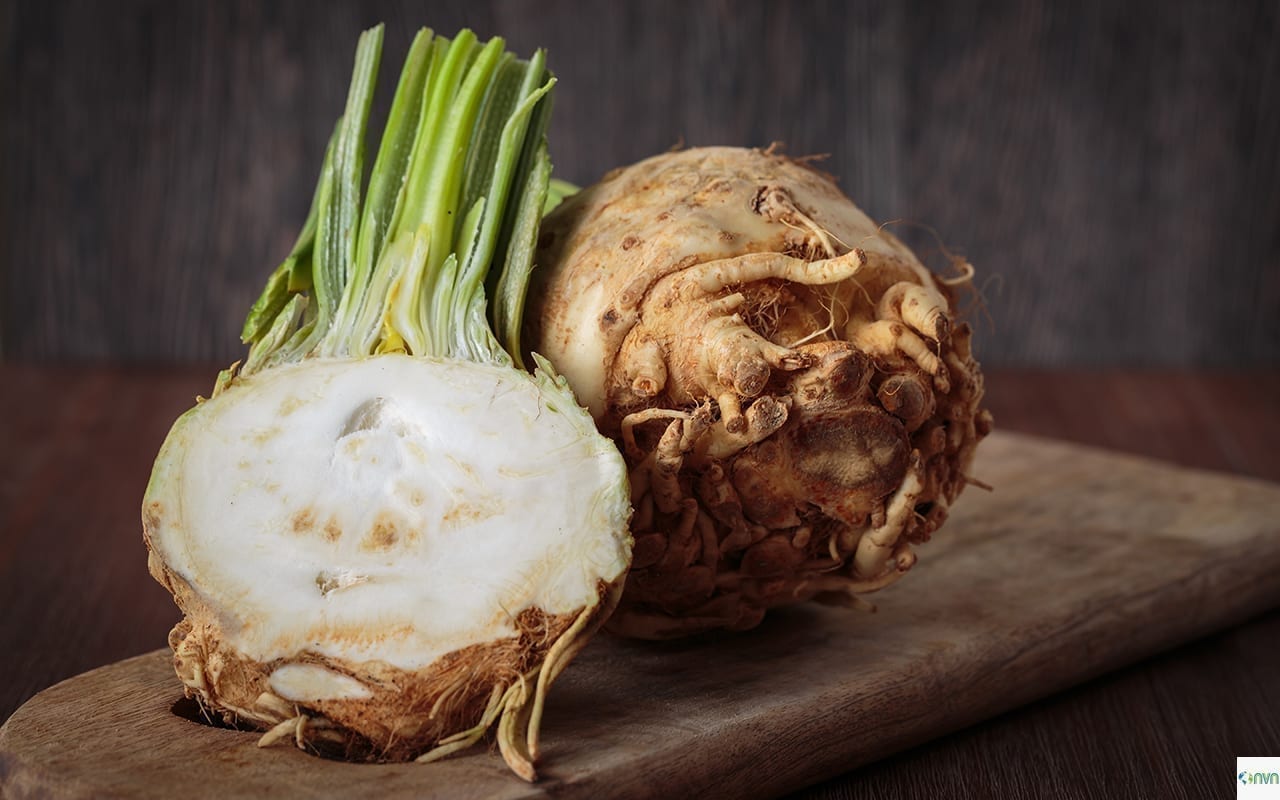
Fresh raw celeriac for a healthy nutrition
Stump-rooted celery, turnip-rooted celery, or knob celery, this vegetable is known by several names across different regions. A typical root vegetable, this is a close cousin to celery that originated in the Mediterranean Basin. With large edible spherical roots, leaves, and stems, this oddly shaped vegetable is a blast of delicate flavors and is often eaten either raw or used in stews, casseroles, soups, etc…
3. Manioc
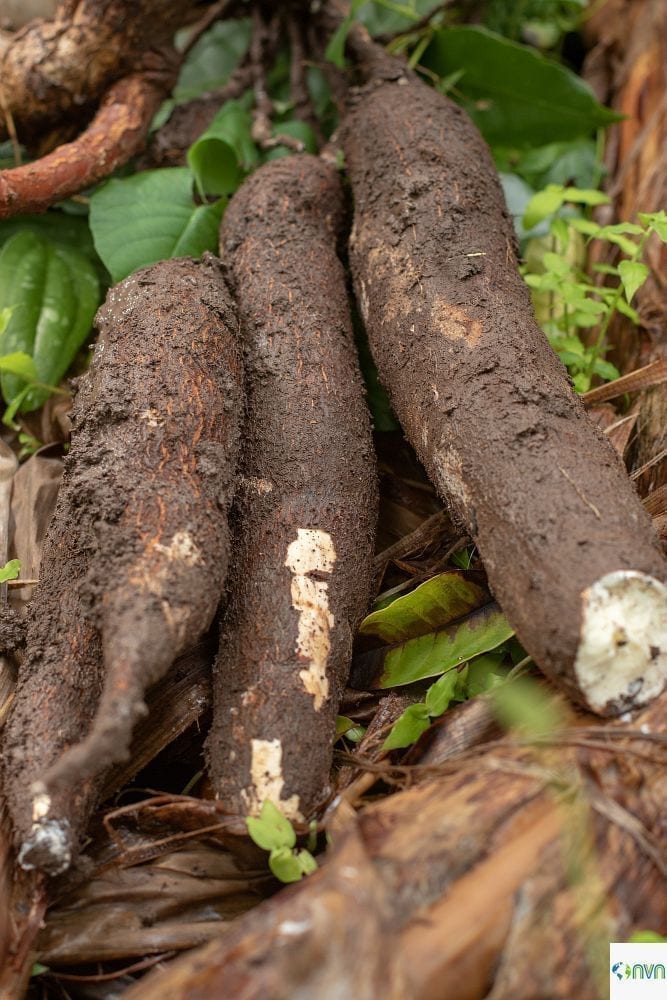
Manioc
With its roots anchored in South America, Manioc is also known as Cassava and Yuca across the world. Transcending the borders of the continent, now it is widely grown and consumed in Africa and Asia as well. Known to be a drought-resistant crop, this vegetable comes in 2 varieties – one with a sweet taste while the other, bitter in flavor, which is mainly due to tot he amounts of cyanide present in the vegetable. The third-largest source of carbohydrates in the tropics, this perennial plant is a scrumptious delicacy, especially when steamed, mashed, and lightly flavored with spices.
4. Oca
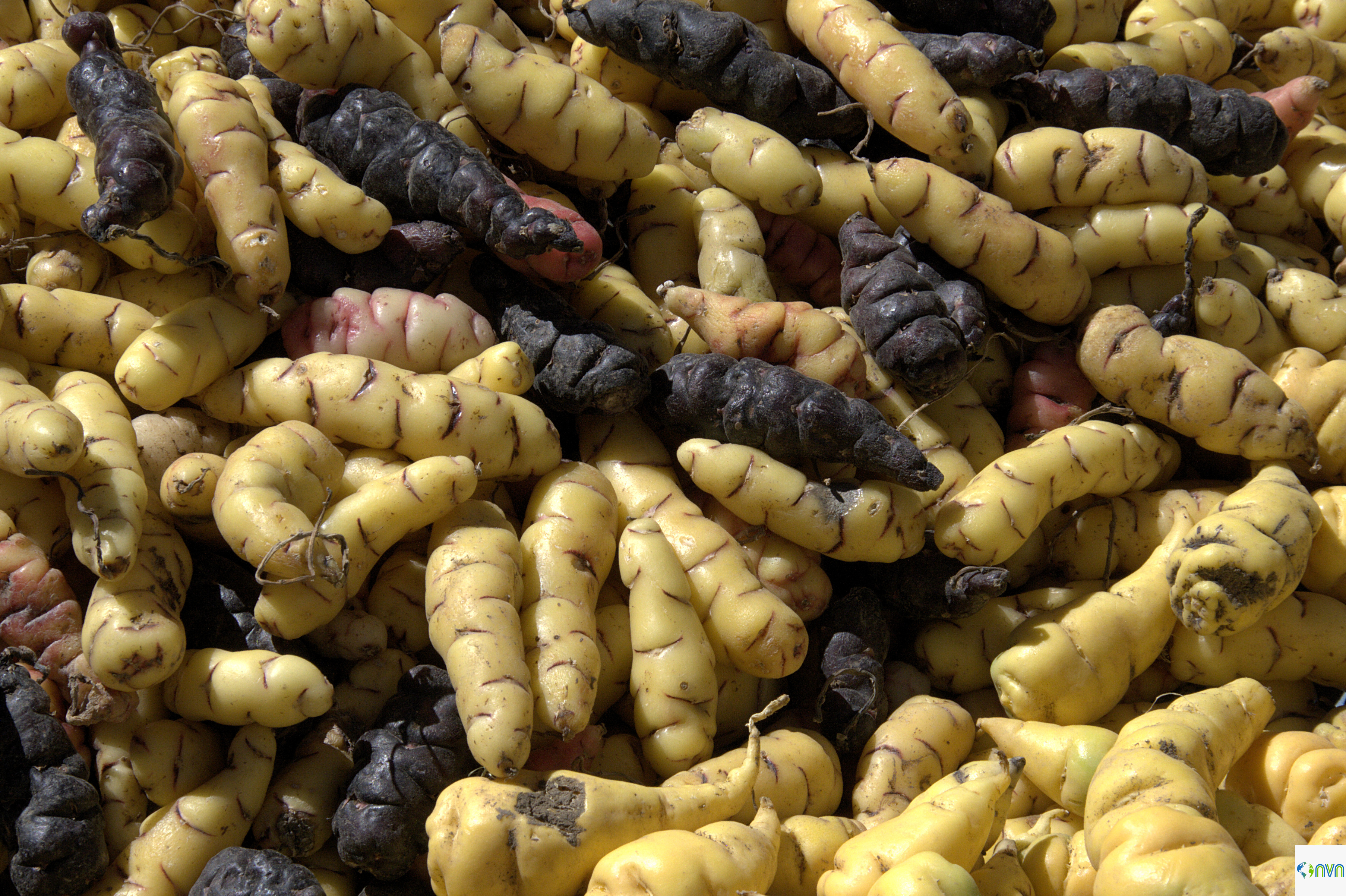
Peruvian Oca (Oxalis tuberosa)
In a world where people have gradually started hating potato for the carbs and fats and are forever on the search for an alternative to it, Oca seems to be the best possible option available around.
Oxalis Tuberosa or the New Zealand Yam as it is often known as this herbaceous plant grows at higher altitudes and has strong tolerance for poor soil and harsh climatic conditions.
Originally cultivated in central and southern Andes, this vividly colored perennial plant is a rich source of source dietary minerals, and protein. A versatile tuber, Oca can be eaten raw, cooked in the same way as potato, or used in a number of dishes to enhance the flavors.
5. Nopales
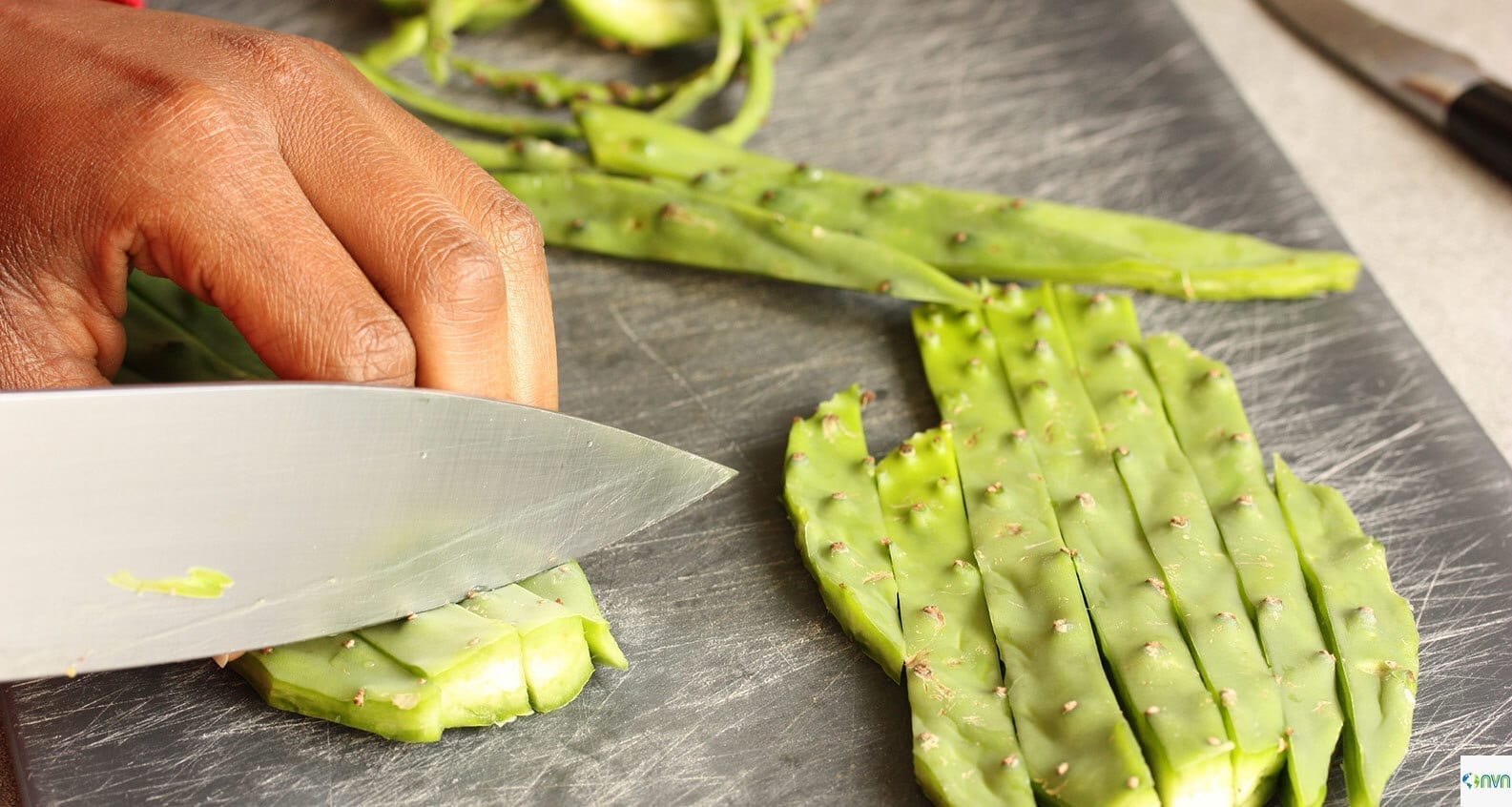
Nopales
Quite a common ingredient in Mexican cuisine, Nopales are basically the paddle-shaped leaves of the Opuntia Cacti. Though endemic to Mexico, it is also grown in the many different parts of America and the Mediterranean.
Canned, bottled, or dried, Nopales or Nopal are well cleaned with spines removed and then used in a variety of salads, stews, and/or marmalades. Dishes like Huevos con Nopales, Carne con Nopales, and Tacos de Nopales are must-try Mexican delicacies that have Nopals as their main hero.
Tallest Coriander Plants In The World Organically Grown In Ranikhet, Uttarakhand





























